I had the great pleasure tonight to go and listen to Micah Christensen speak about Peter Paul Rubens for a very fast hour. I love when an expert is also a gifted speaker and presenter. I left feeling inspired to do more in my own work and also with a greater appreciation for one of my favorite artists.
I had a different post planned, but after being inspired tonight, I decided to share some of the hi-res images I have collected of Rubens work with some comments. Be sure to click on the images, some are really quite large.
Starting with a stunner. Look at the remarkable fabric and rendering of the collar. I love the graceful flow of the red fabric that frames her head and then merges into the form of her dress.
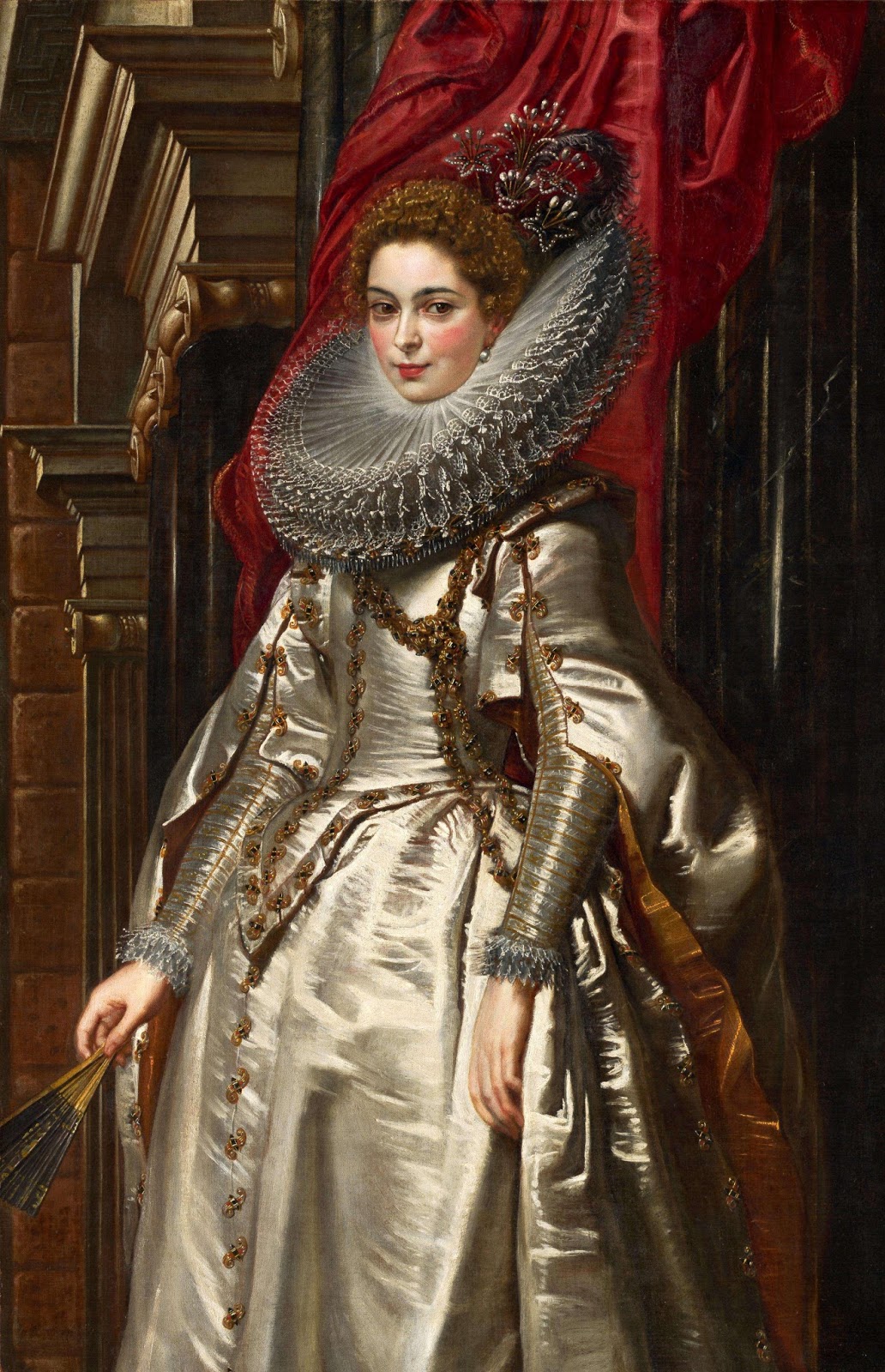 |
| Marchesa Brigida Spinola Doria |
Rubens style is interesting and compelling. His paintings are full of details and richness, but the brushwork, the shapes he used to describe the forms are often economic to the point of being minimalistic.
 |
| Portrait of a Bearded Man |
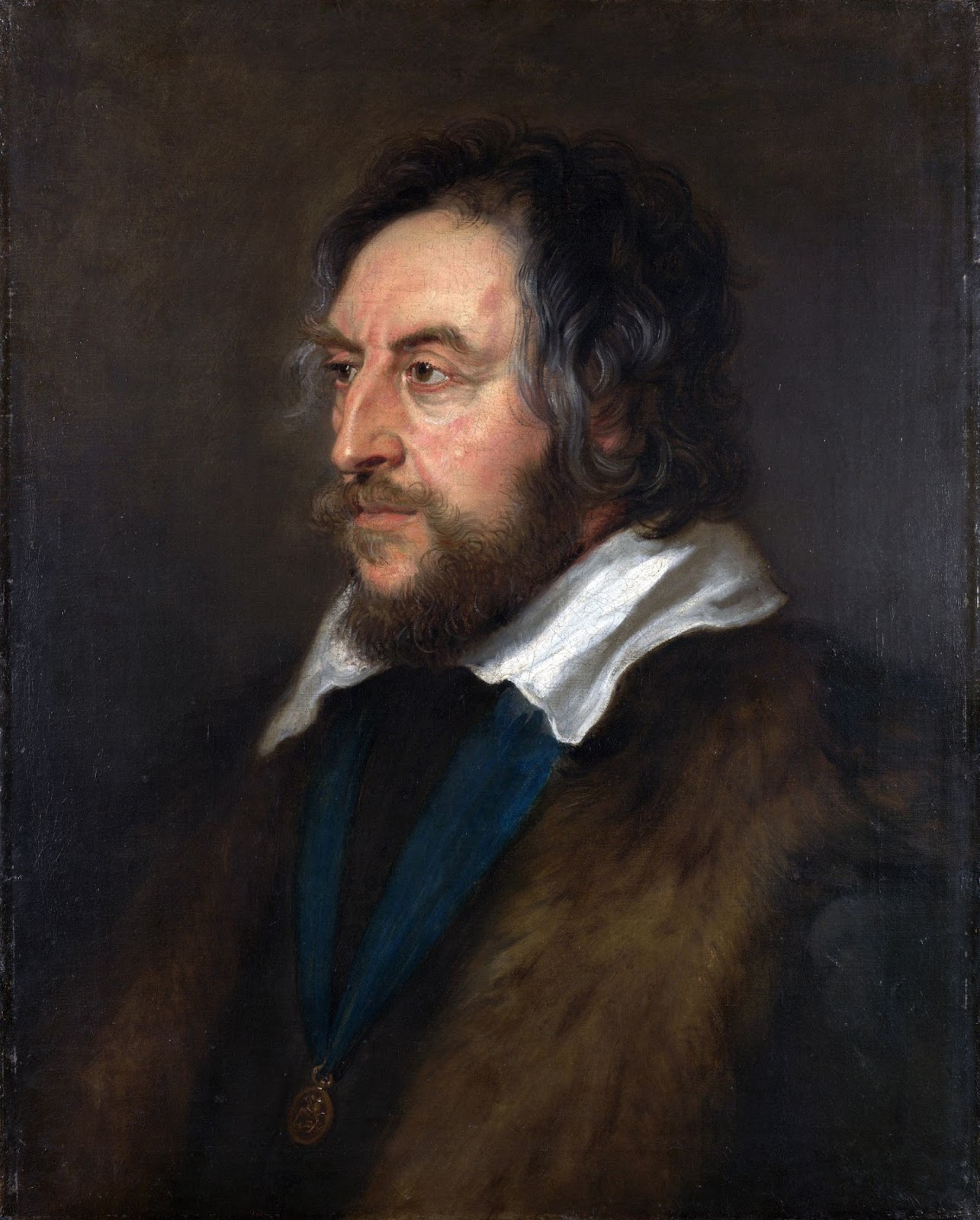 |
| Portrait of Thomas Howard |
It is interesting to see some of the scriptural paintings done in this era where they are intentionally anachronistic in dress and setting. The women in their satins and what looks like pillars based upon Bernini’s Baldacchino in the background. I think it was Rubens intent to make the stories of the past more relatable. Caravaggio did the same, dressing soldiers in armor of the Renaissance.
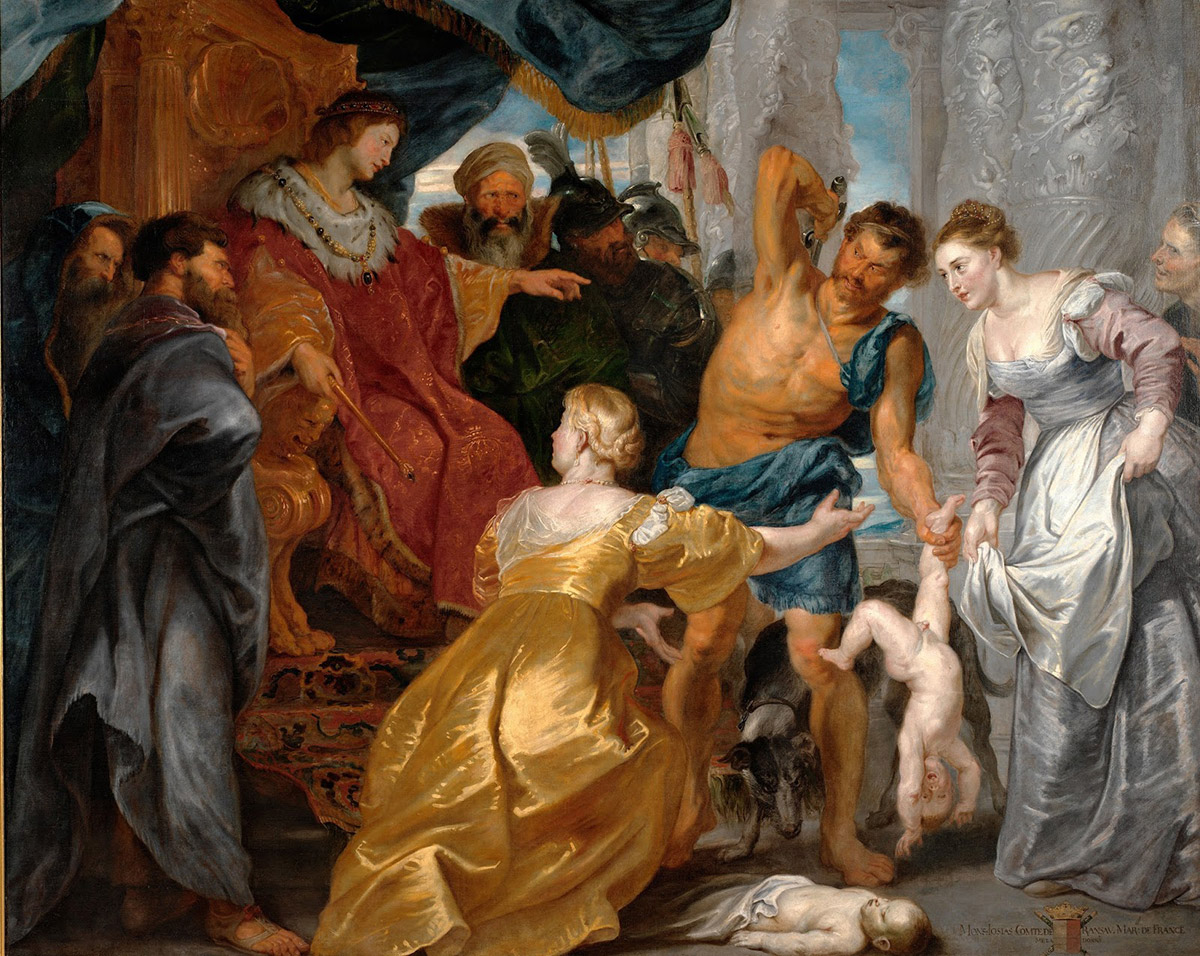 |
| The Judgement of Solomon |
The anatomy study below is very interesting. I almost wonder if the exaggeration of the forms, muscles, tendons and bones, was a way of driving home his understanding of anatomy, almost like bolding text or highlighting a passage. I would think that in so clearly delineating each element, you would develop a clear memory of the shape and placement. I am going to give it a try in my studies to see how I respond.
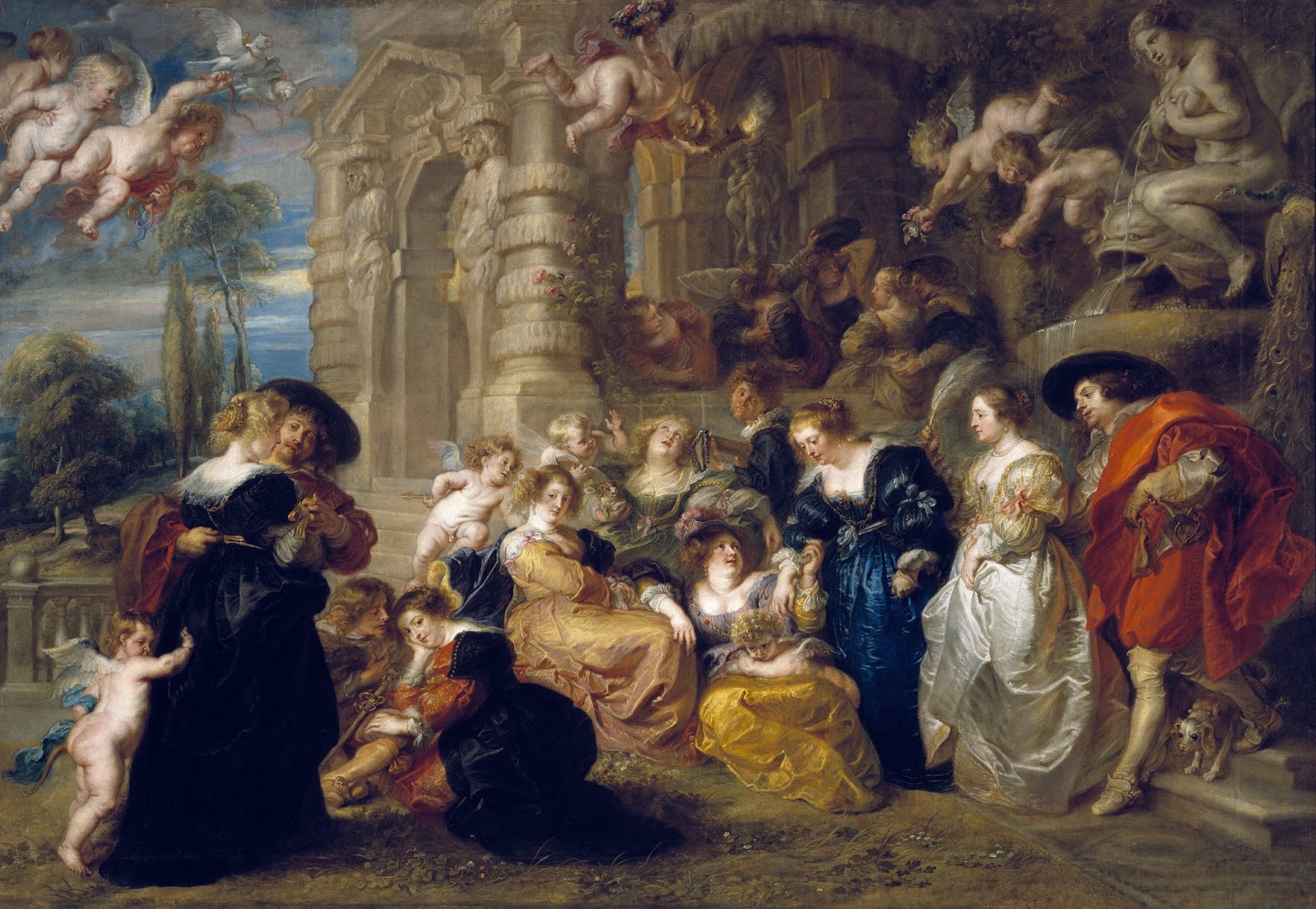 |
| The Garden of Love |
Rubens ran a large workshop where artists and assistants helped him complete the often monumental commissions given to him. He would start the day, typically at 4:00 a.m. and do painted sketches on oak panels that would then be handed off to those in his studio to execute under his direction. The piece below is a remarkable example of such a sketch. He would sometimes do as many as half a dozen of these in a day.
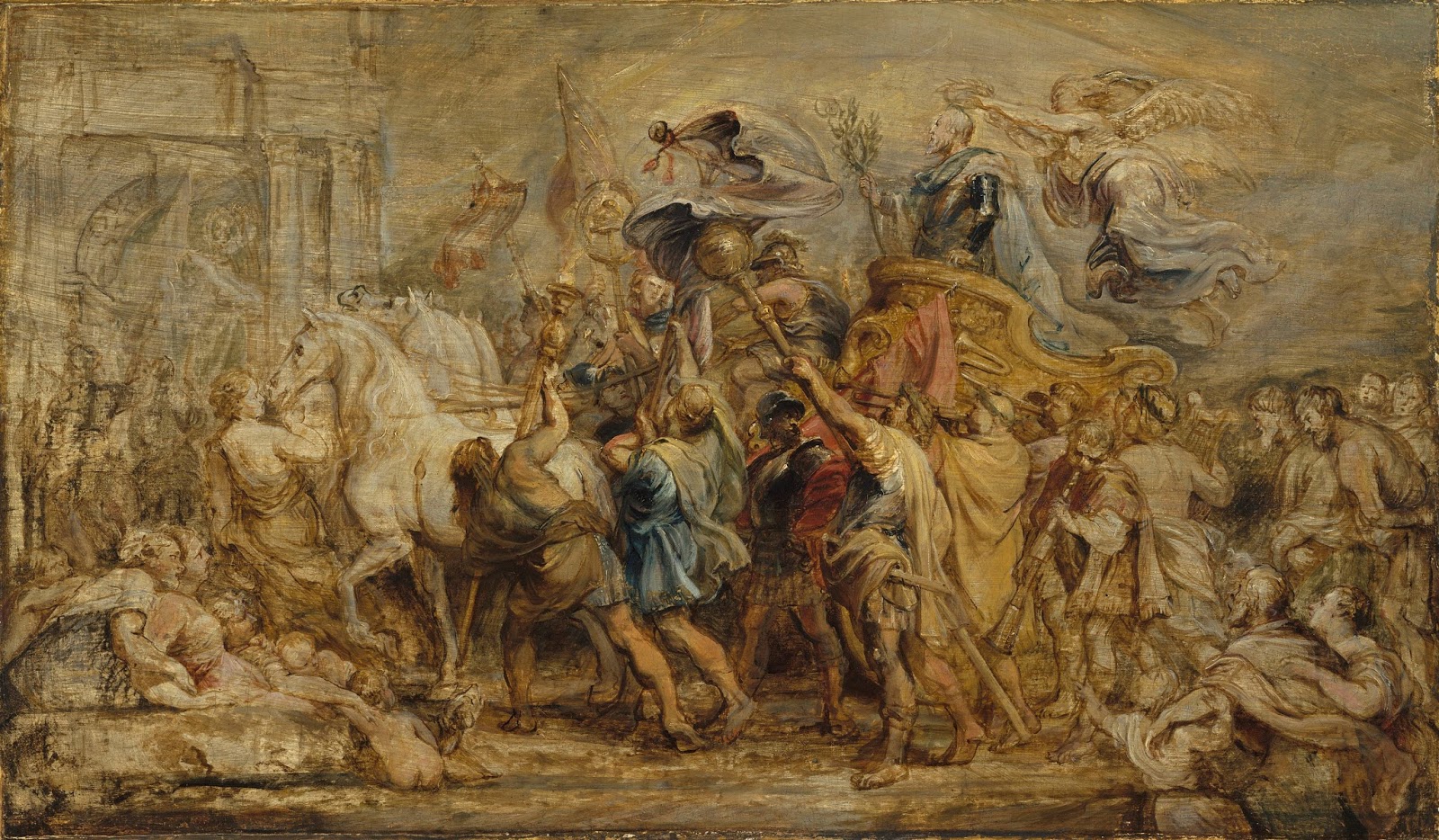 |
| The Triumph of Henry IV |
Few artists have captured flesh the way Rubens did. Even in the digital image, it is rich and tangible.
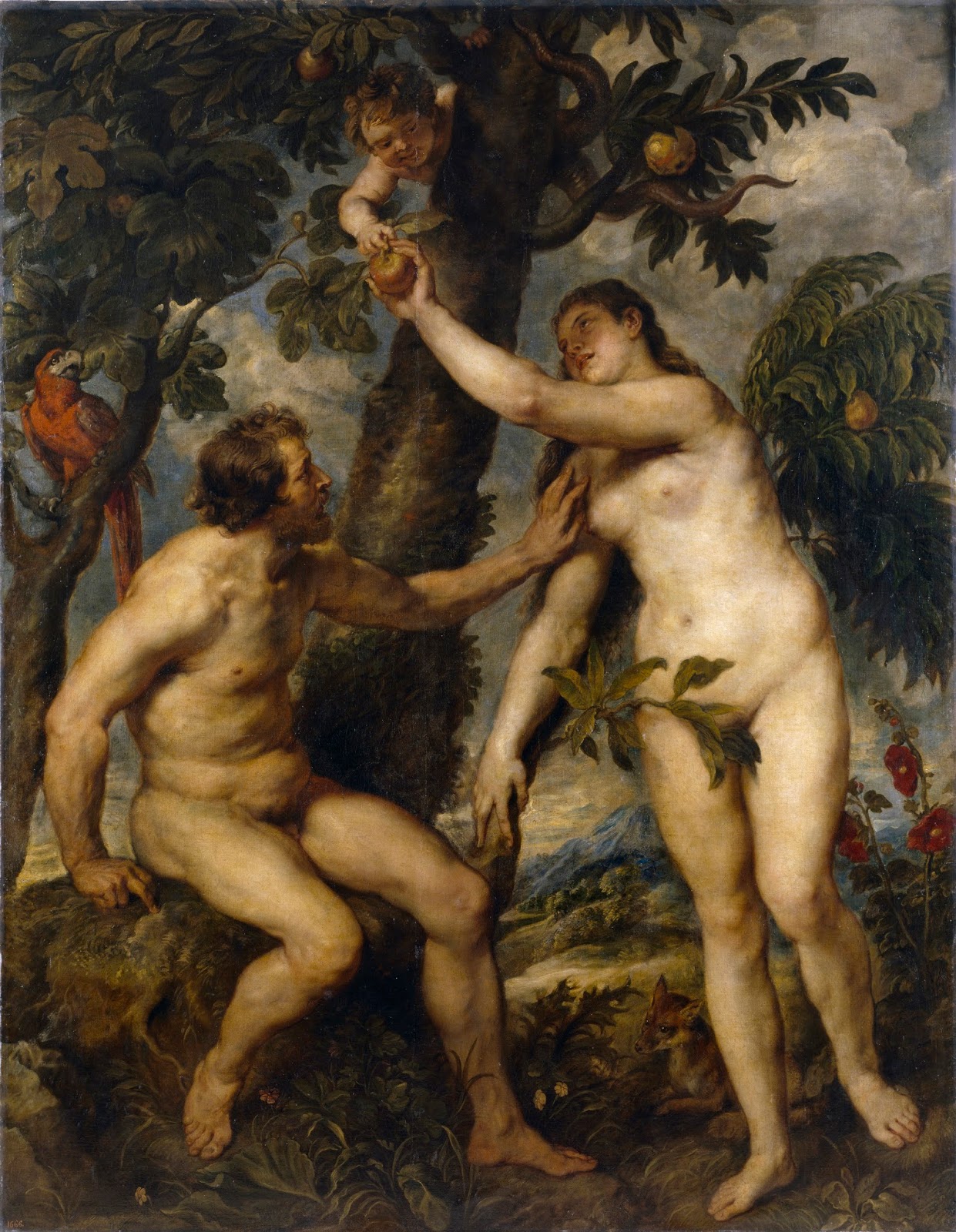 |
| Adam and Eve |
The complexity of the forms and figures in the painting below is inspiring. I love the old man at the top gripping the drape in his teeth so he can use his hand to hold Christ’s arm.
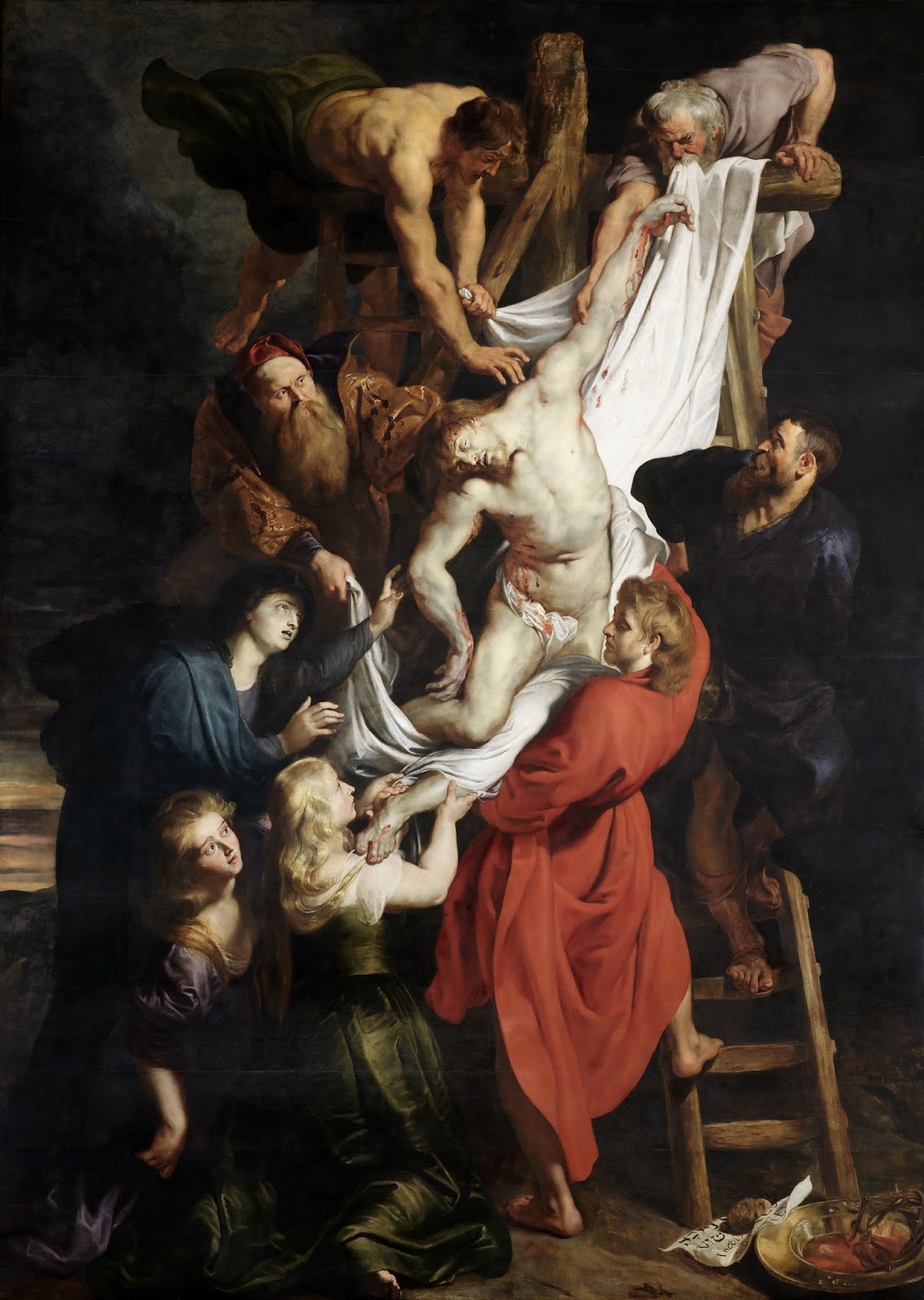 |
| The Decent from the Cross |
I like how the figures seem to surface in and out of the darkness in this piece. The head of the old winged figure in the background (Zeus?) with the sickle is amazing. Also, notice the little owl peeking out at Hercules feet. It sits, representing wisdom on the side of Virtue who is clad in armor. On the other leg clings cupid, wrapping his leg in the cloth of Vice. Hercules seems to be leaning towards Virtue, but looking longingly at Vice. The severed head in the corner is a nice touch too.
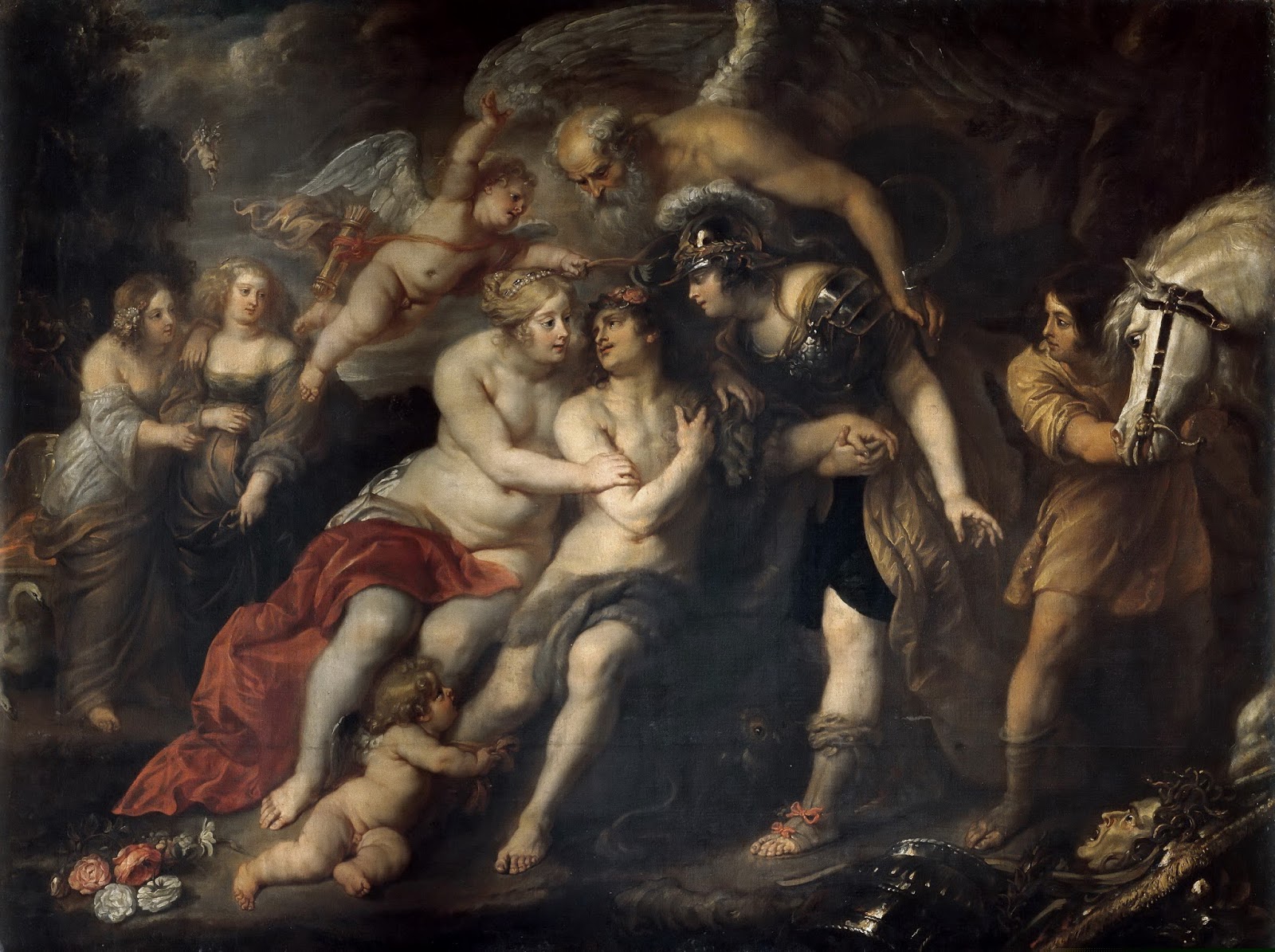 |
| The Choice of Hercules |
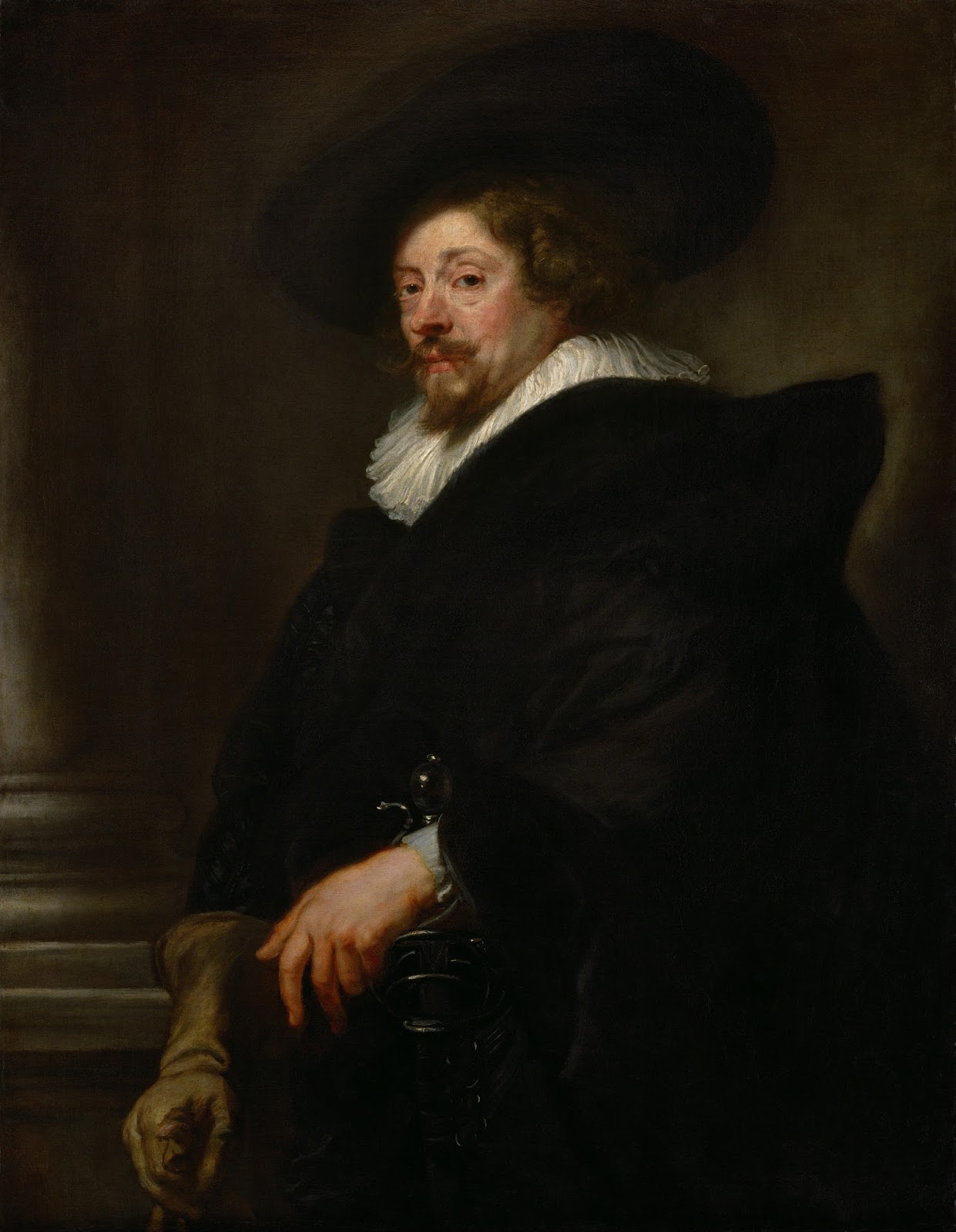 |
| Self Portrait of Peter Paul Rubens |
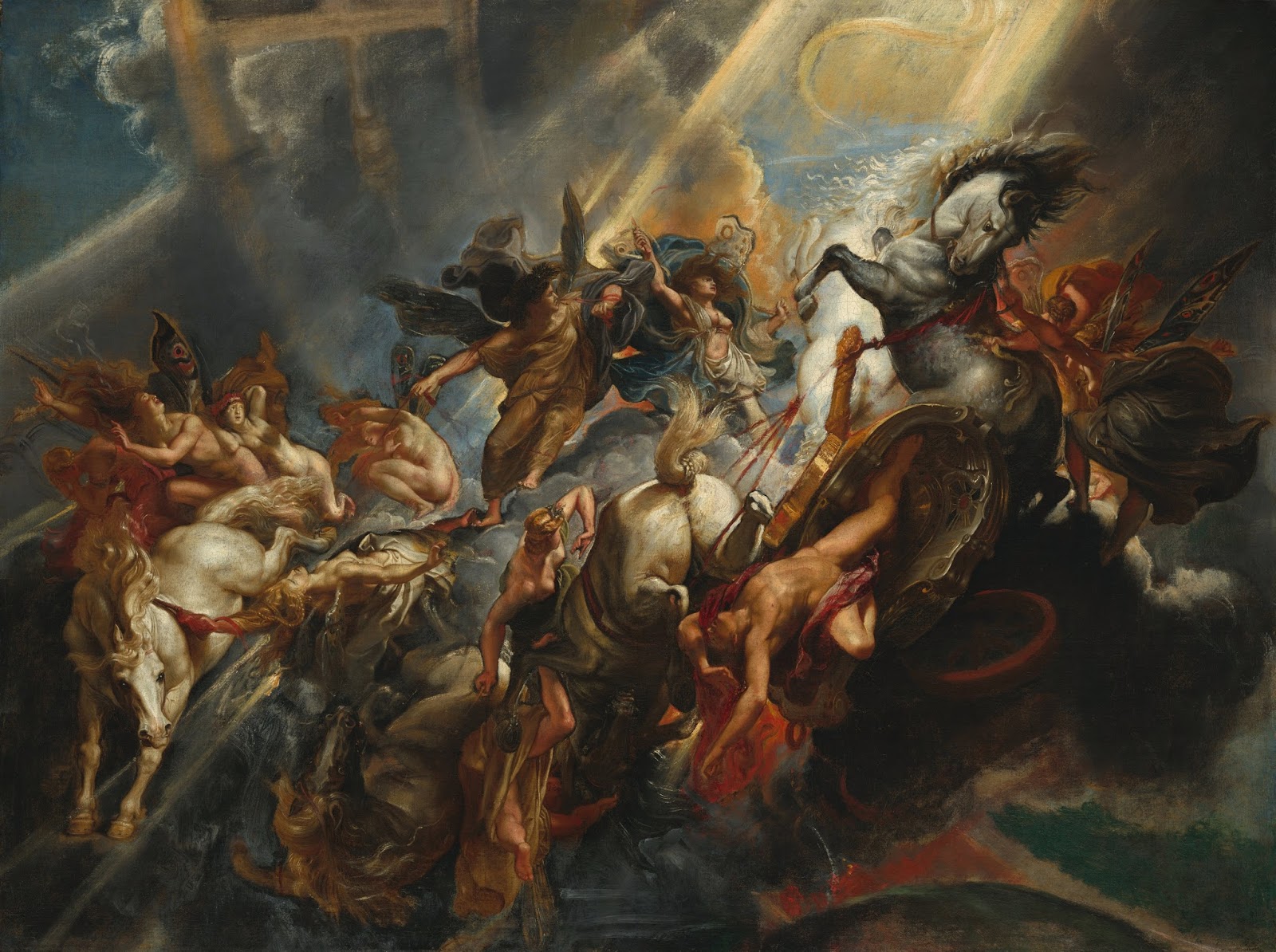 |
| The Fall of Phaeton |
The painting below reminds me of the wonderful 4 rivers fountain by Bernini in Rome. It is neat to explore the picture and see the different images associated with the continents.
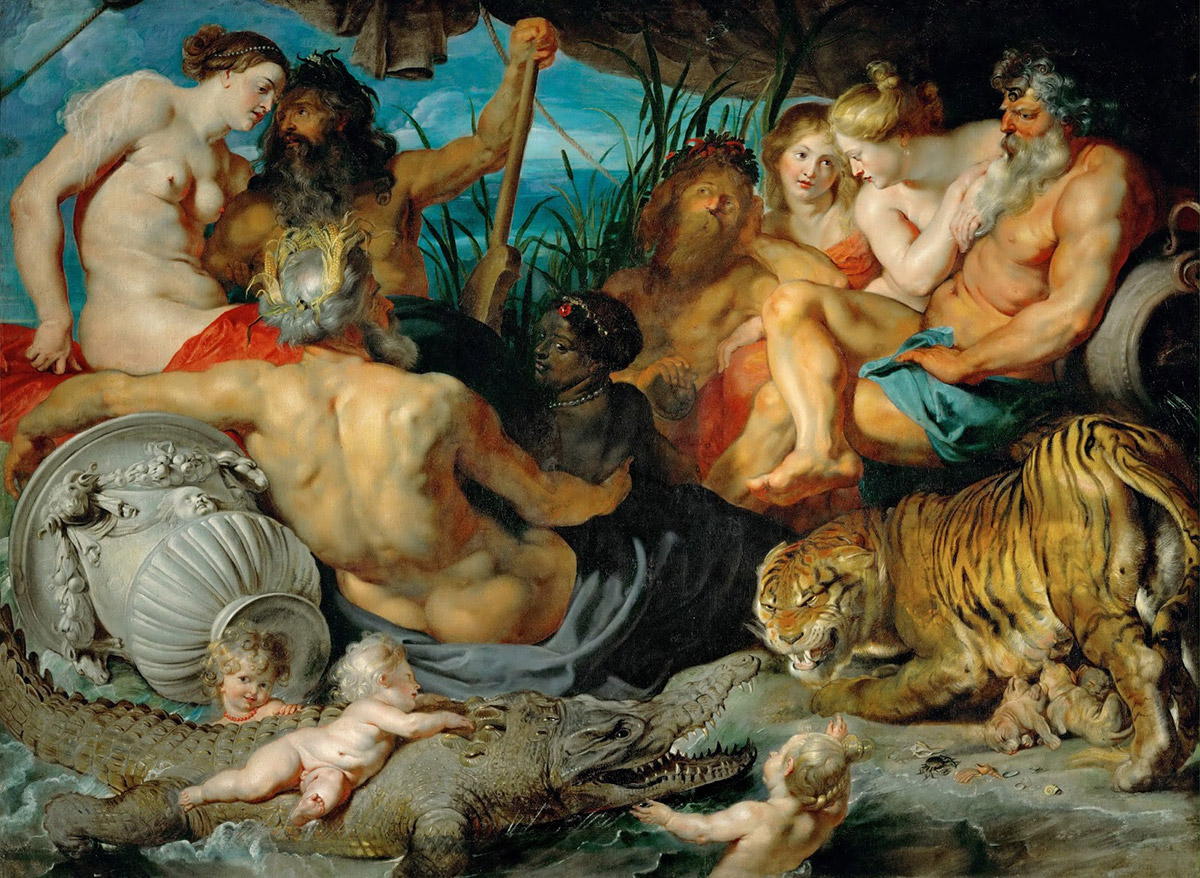 |
| The Four Continents |
Below is a study for The Martyrdom of Saint Livinus. It is an amazing sketch. The movement and dynamics of it are epic in nature. Also, notice the guy with the tongs feeding the tongue of poor St. Livinus to a dog!
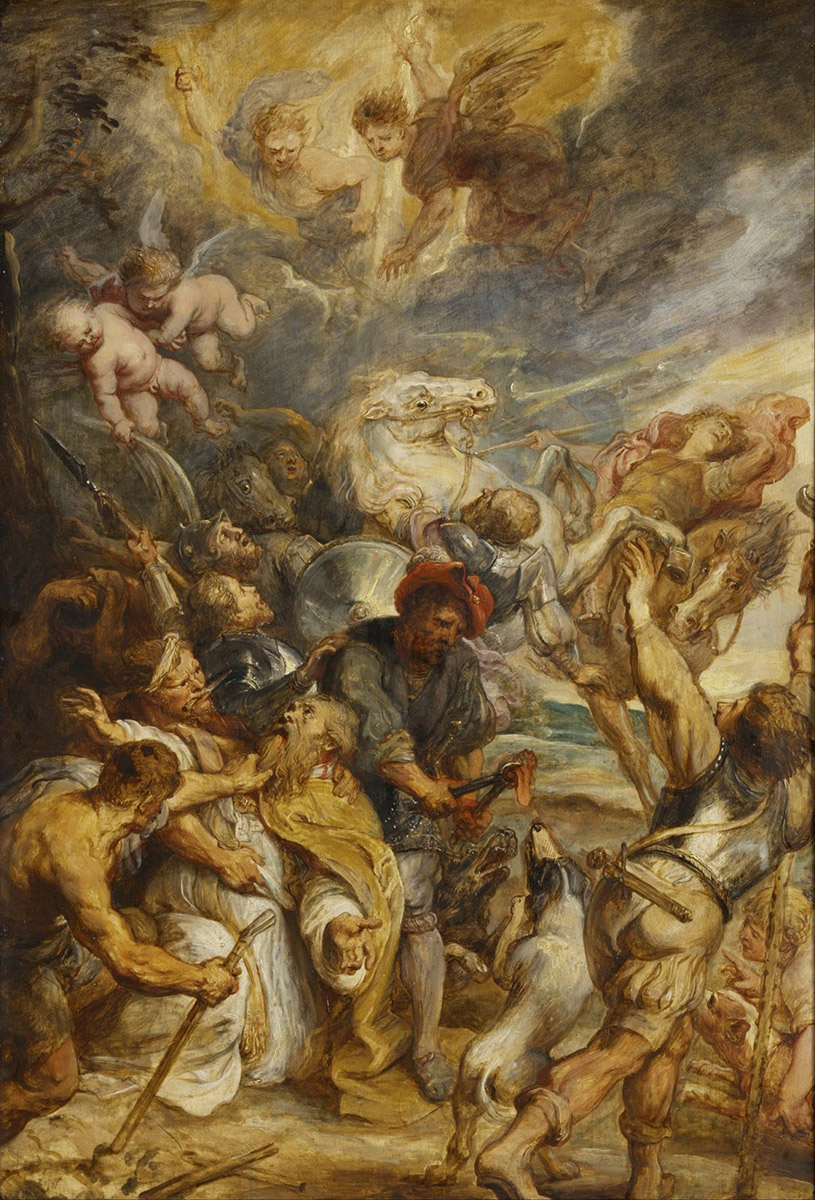 |
| The Martyrdom of St. Livinus – study |
And here is the final painting.
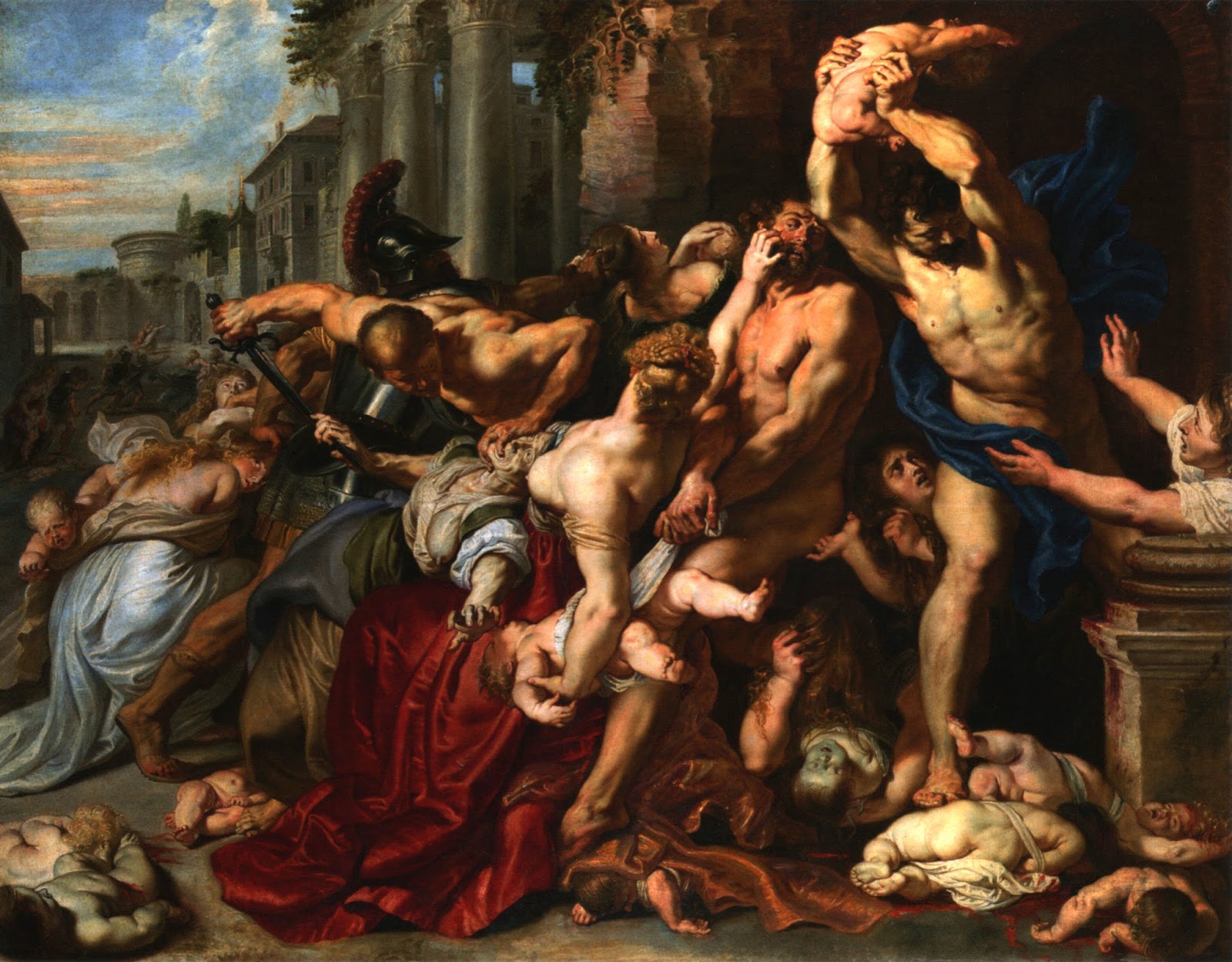 |
| Massacre of the Innocents |
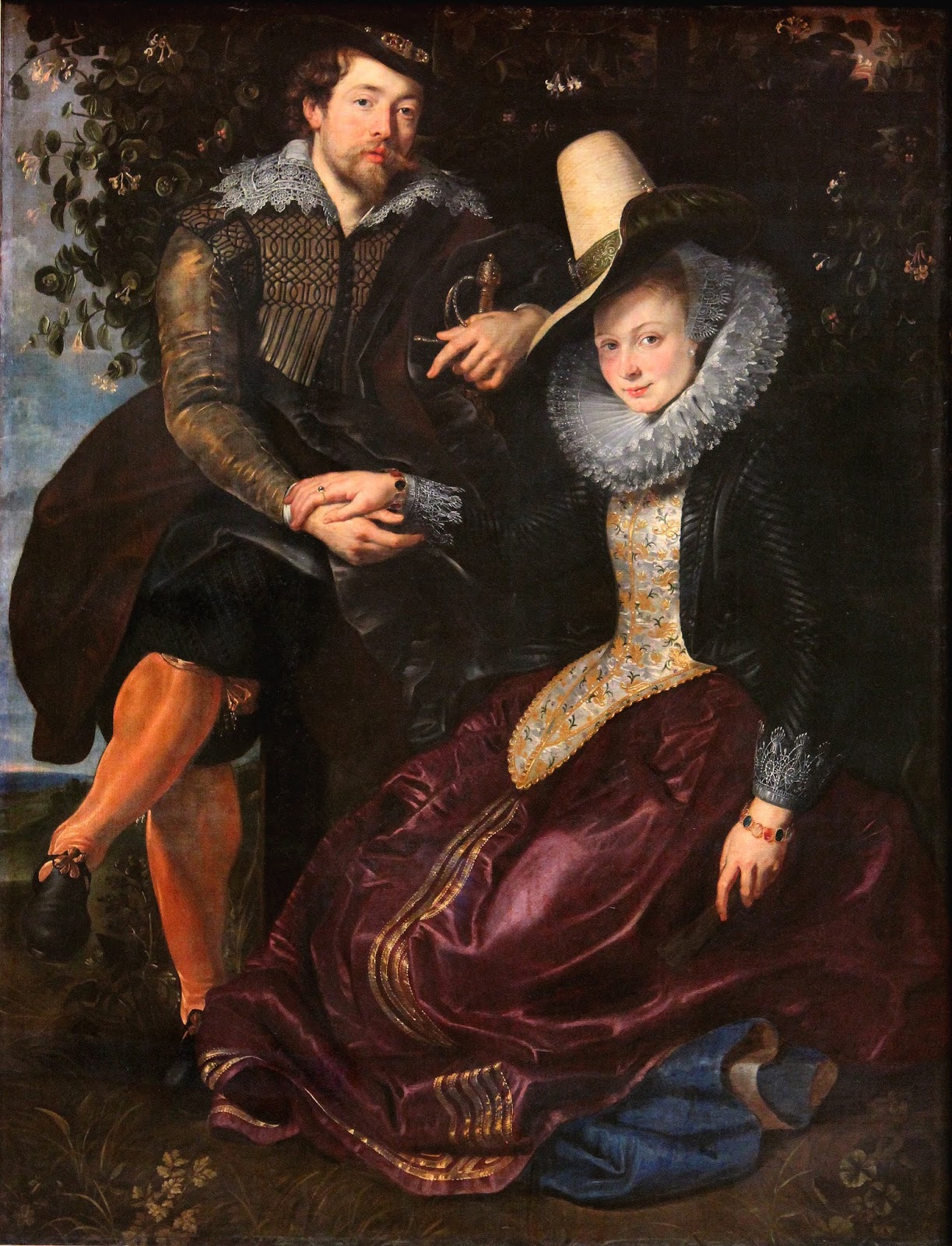 |
| The Artist and His First Wife, Isabella Brant in the Honeysuckle Bower |
Be sure to click on the painting below to see it close up and look at the efficient brushwork.
 |
| Minerva Protects Pax from War |
Nothing beats your hunger like some baby. Next time, just eat Snickers bar Saturn.
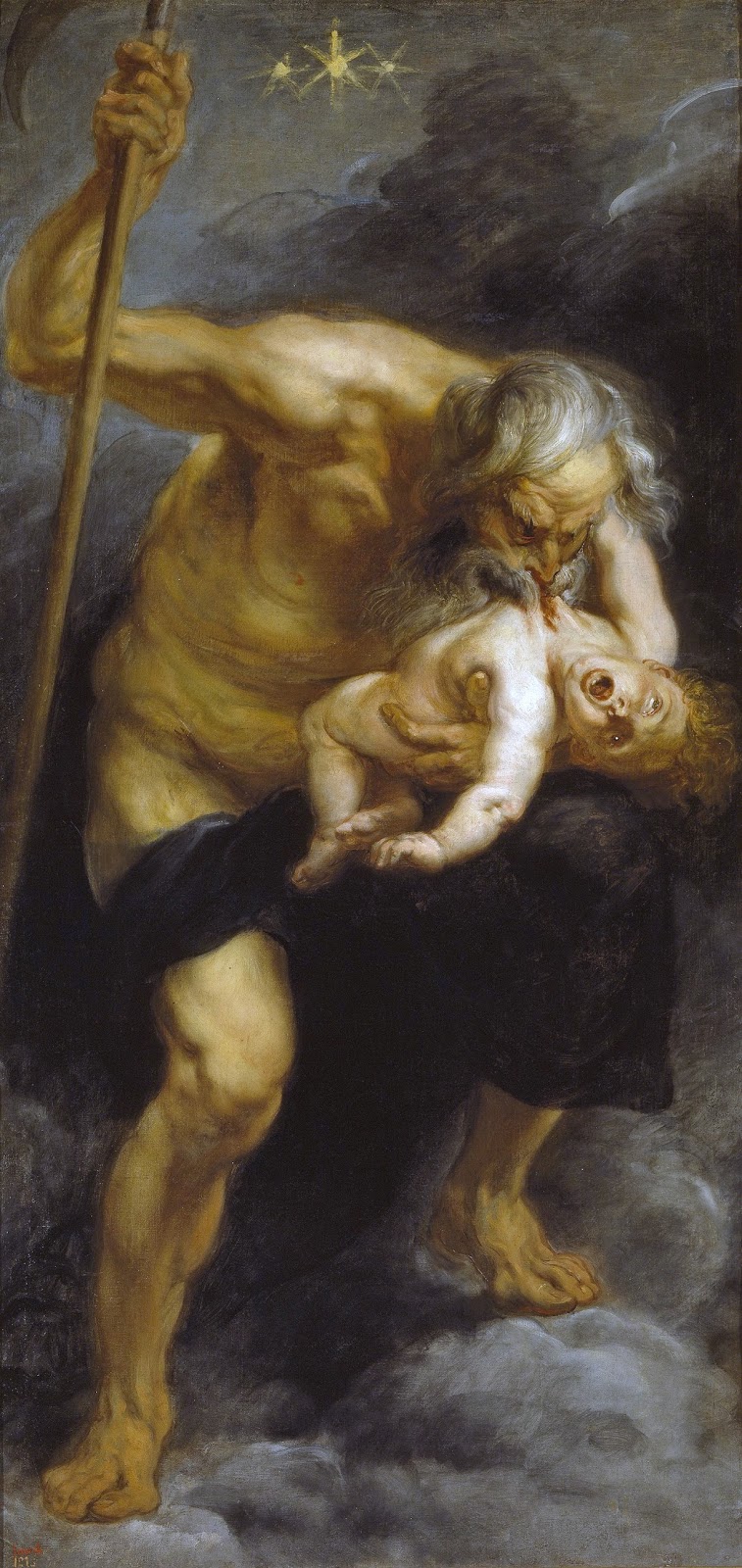 |
| Saturn Devouring His Son |
Thank you for taking a look. Here are some additional resources:
Google Art Project works by Rubens
National Gallery page
Rubens the Complete Works website
Free download of a collection of drawings from the Met (thank you Jurgen Steenhaut)
and some books that were recommended tonight:
This book focuses on how Rubens served as a diplomat through his art and reputation:
This one looks especially amazing, primarily about his oil sketches and studies:
I hope you enjoyed the read and maybe saw a few images you were not familiar with.
Howard Lyon


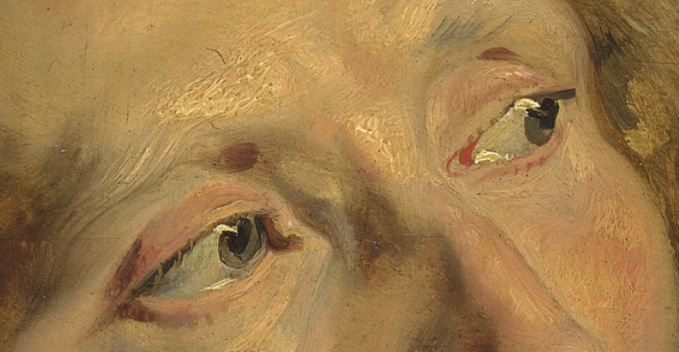
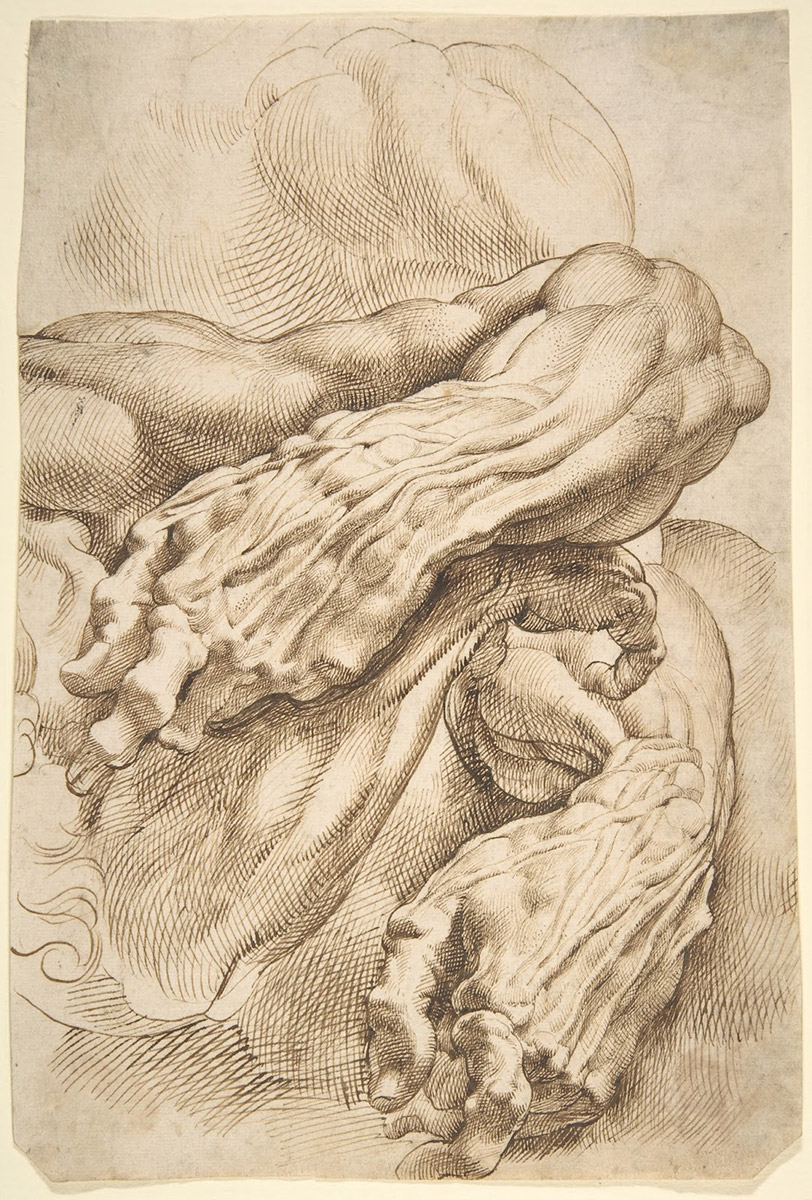
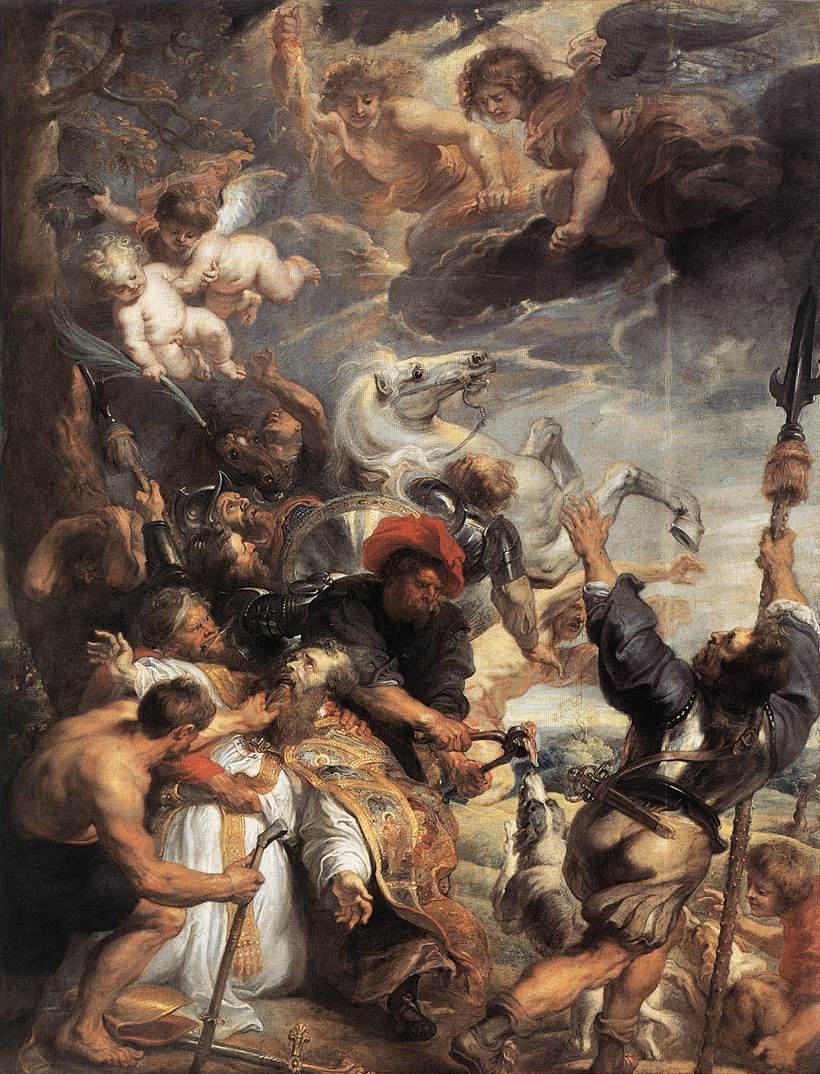
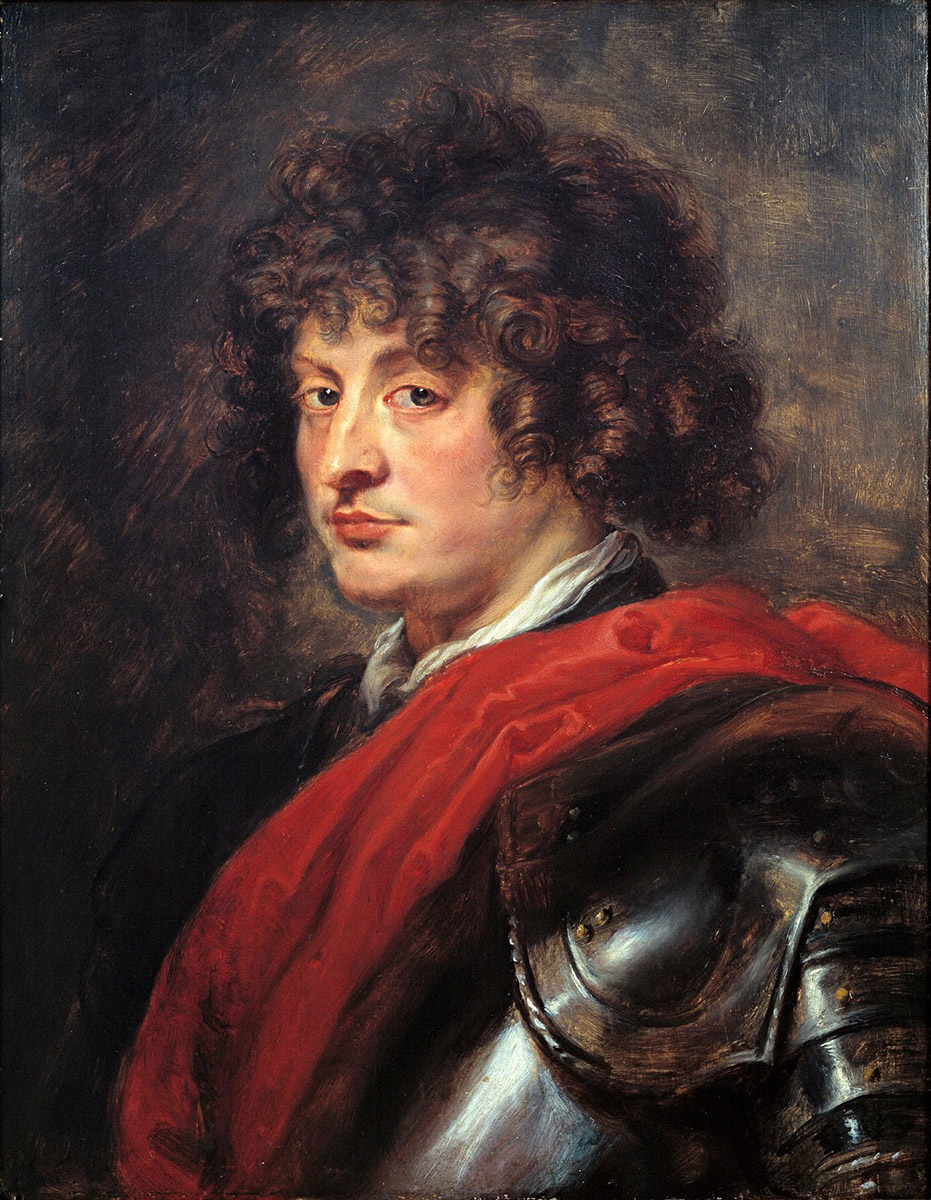
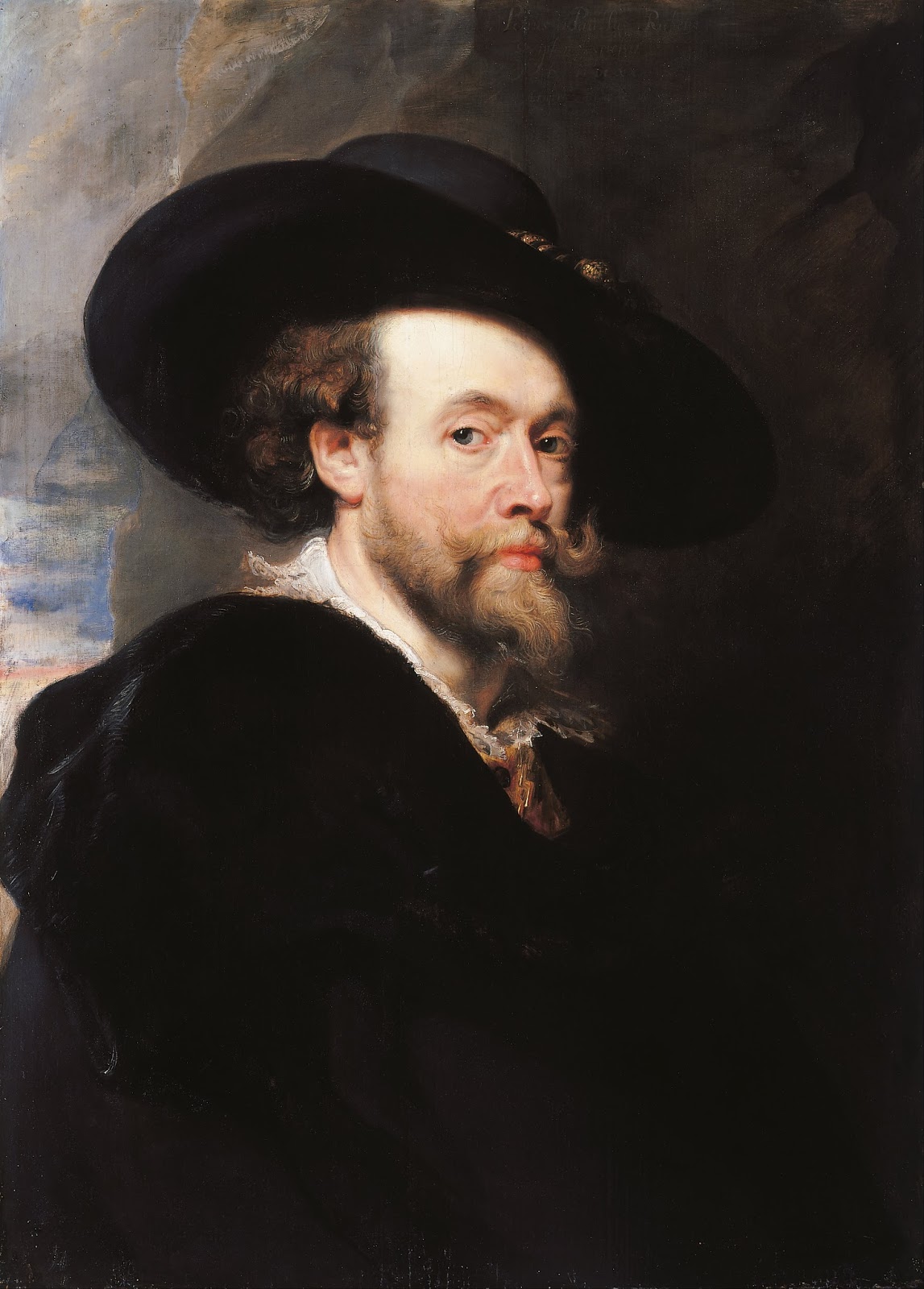
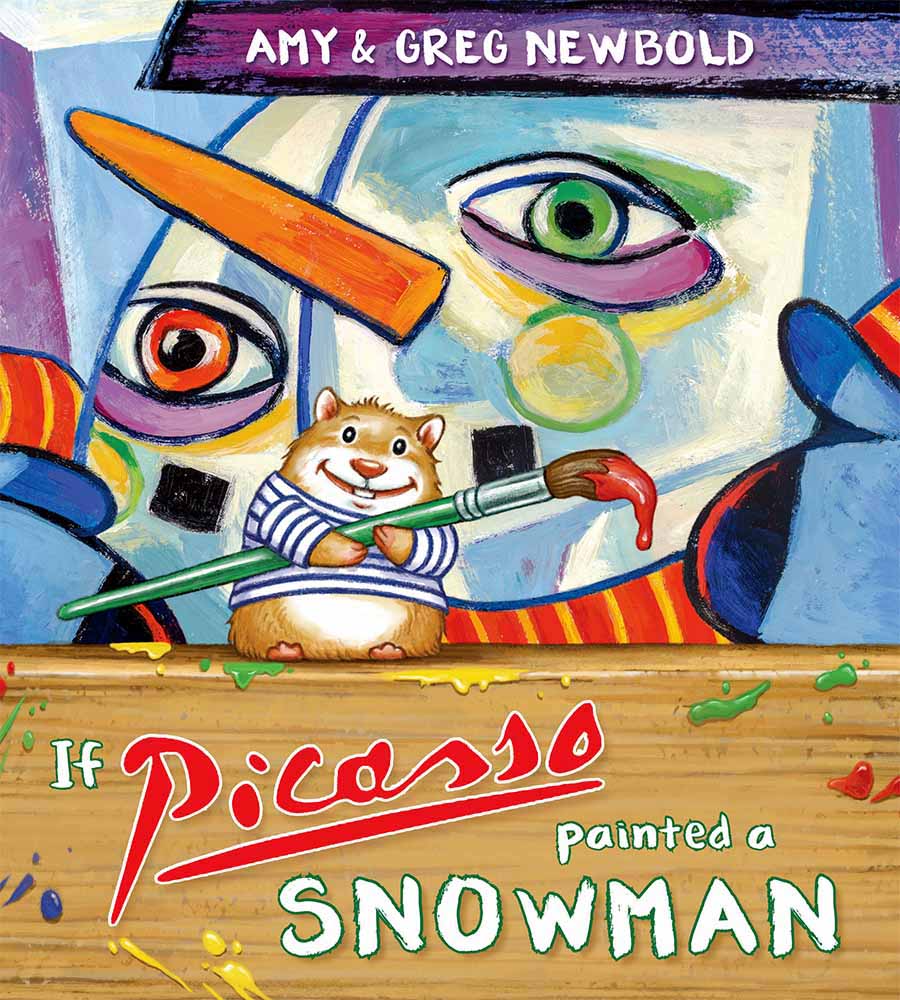
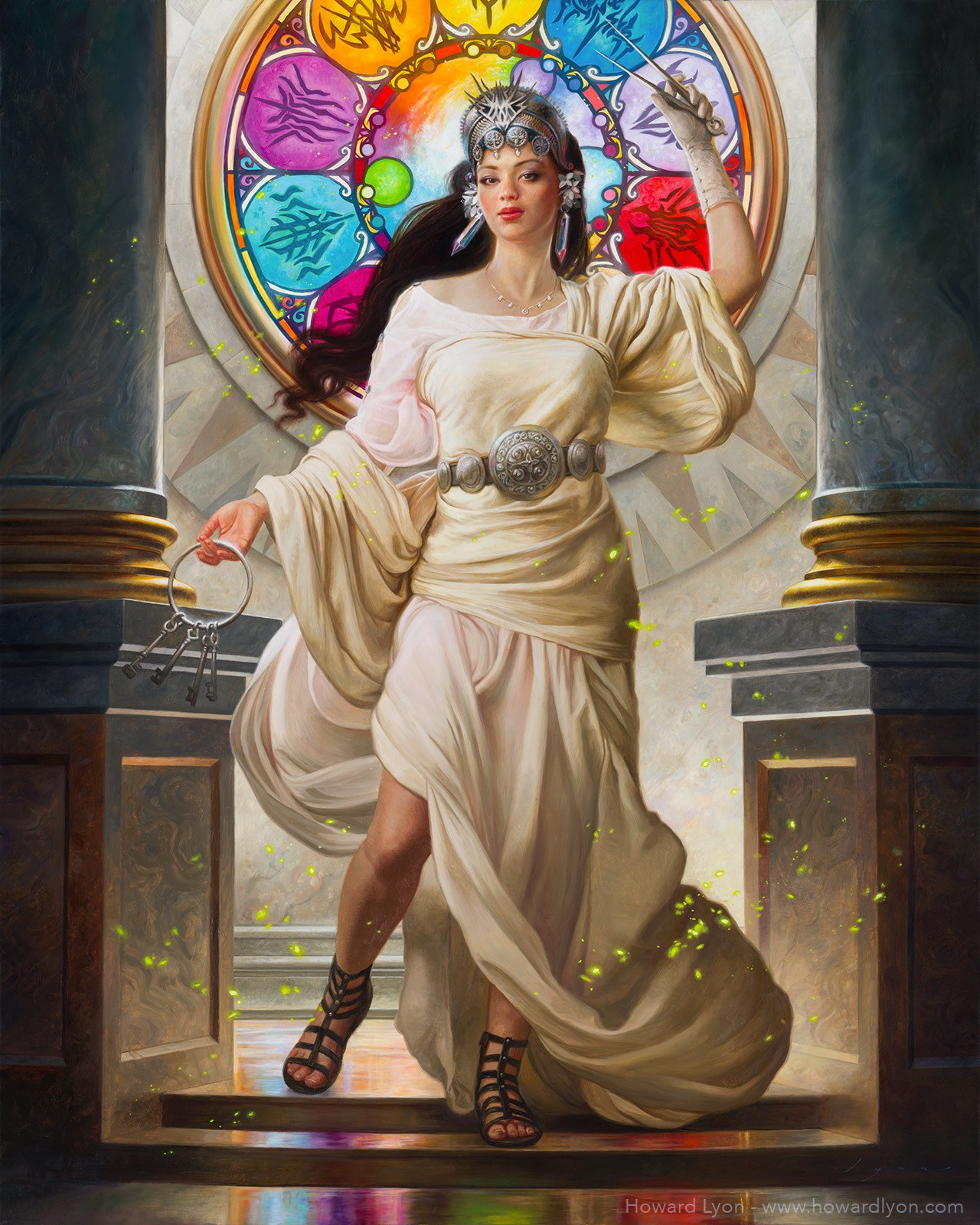
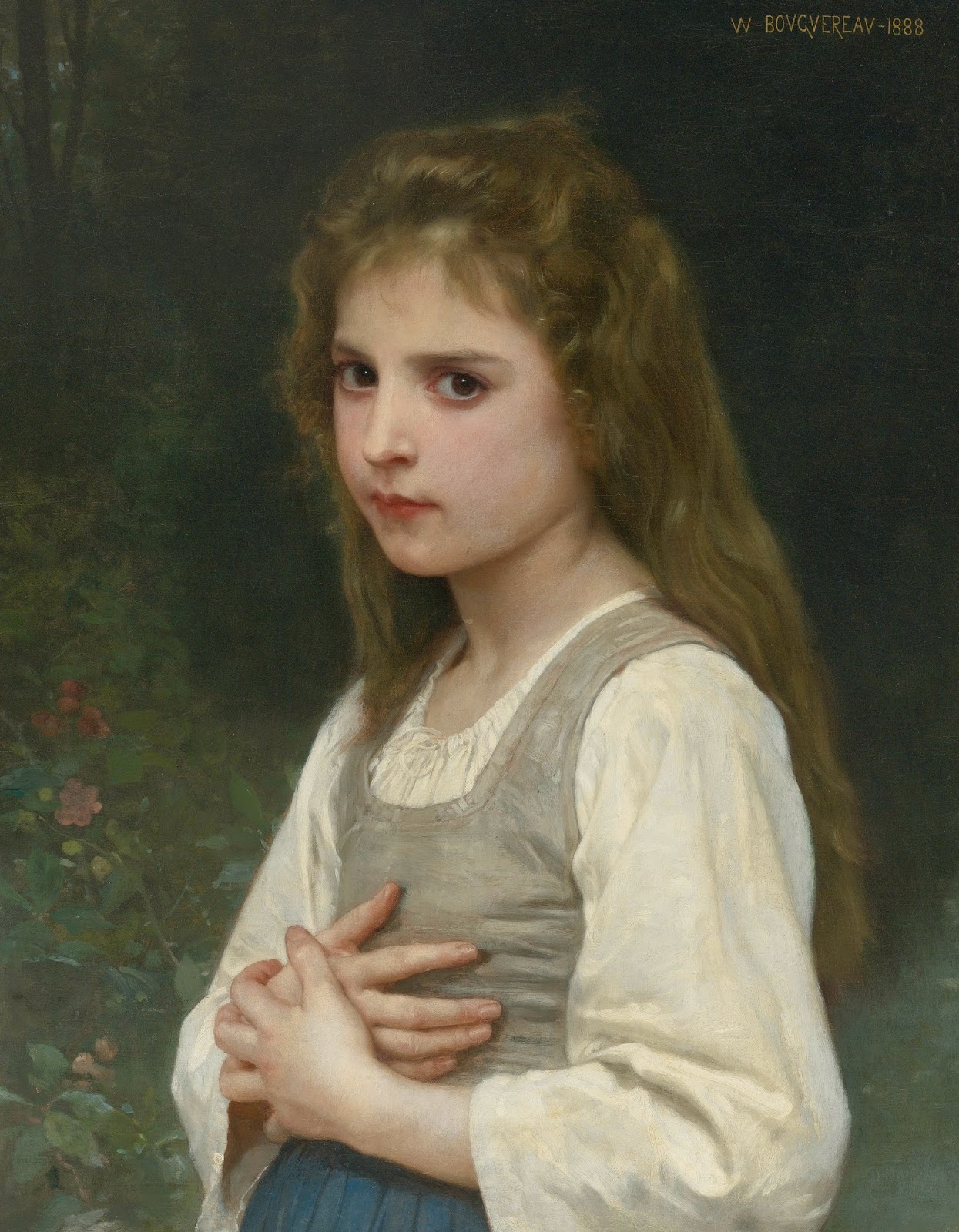
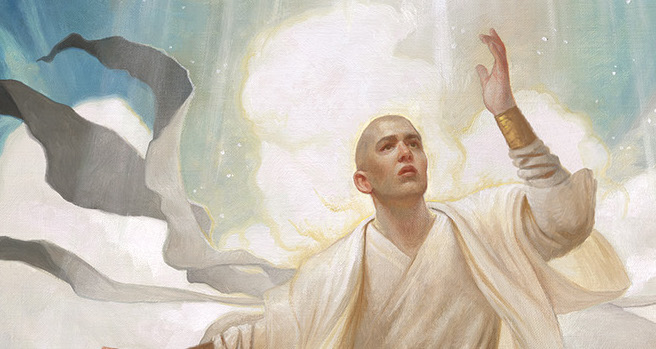
What an inspiring way to start a Friday-Thanks Howard! The detail of the eyes is exquisite and just what i needed.
Those eyes are amazing! I am glad that it was a good start to the day. Thank you Sal!
I enjoyed this post very much! Thank you Howard.
Howard, you have carved out a Muddy Colors niche with your detailed, generously illustrated technical posts. I love what you add to the blog!
Thank you Beth!
Thank you and I appreciate your comments and support!